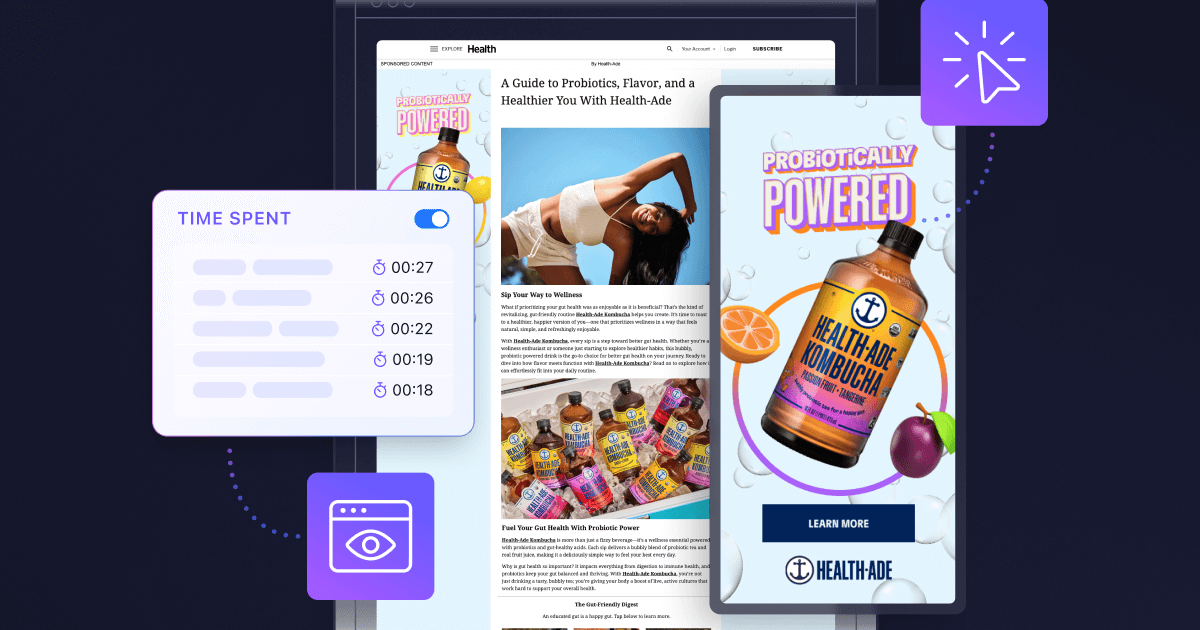Nativo Participates In IAB UK Whitepaper On Contextual Targeting

Every day we get closer to a world without third-party cookies. In January, Google announced its decision to remove them from Chrome, joining Safari and Firefox on the growing list of browsers that have eliminated the once ubiquitous technology.
Combined, these three browsers own almost 90% of all US based web traffic - meaning once third-party cookies are no longer supported on Chrome, they’re really not supported anywhere.
This is a huge loss for the advertising ecosystem. Tried and true marketing tactics, like data targeting, frequency capping and attribution, are dependent on third-party cookies. In order to survive after Google gets rid of third-party cookies (and to get ahead today), brands need to begin investigating solutions before it’s too late.
Enter: contextual advertising and targeting.
A completely cookieless solution, contextual targeting is a strong alternative to traditional data targeting. The format enables consumers to engage with brand content in environments where they’re already looking for similar content without reliance on third-party cookies. Instead, contextual targeting relies on context clues and keywords from the full body of text on a page to understand user intent.
To help advertisers better understand its benefits, Nativo partnered with the IAB UK to create a guide on contextual targeting called “How to Harness the Power of Contextual Targeting.” You can check out the full guide here.

.jpg)


